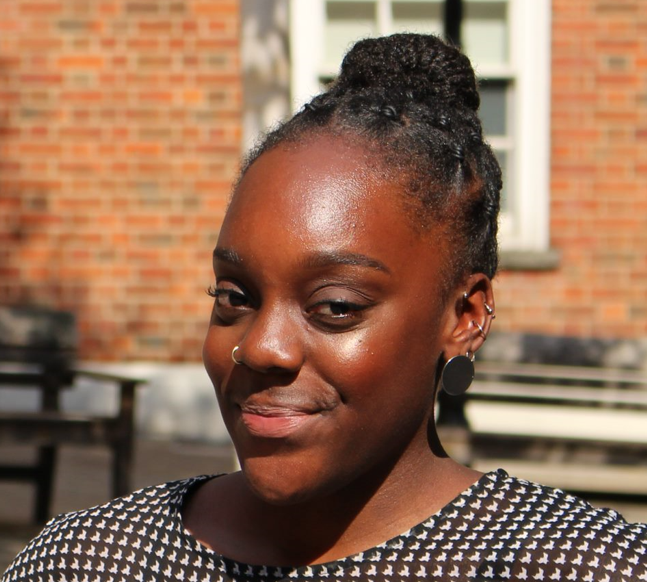The mortgage interest paid by landlords has increased 40% since August last year, adding £4.3bn to payments, with this figure likely to continue rising over the coming months and years.
Mortgage interest payments were 58% (£5.5bn higher) than when average rates fell to a low in November 2021, according to the Hamptons Letting Index for September.
Altogether, buy-to-let investors are currently paying £15bn in mortgage interest, £4.3bn more than a year ago.
Hamptons said the increase was reflective of new investors purchasing on higher interest rates, a rise in tracker pricing and the expiry of fixed rate terms.
The estate agent firm said this was despite a fall in the number of outstanding buy-to-let mortgages since November last year which indicated that investors were either paying down their debt or selling up. The value of outstanding buy-to-let mortgages has also stayed relatively flat even though there are fewer outstanding.
The average rate on outstanding landlord mortgages was 3.4% in August but Hamptons warned that if this rose to 4%, the money spent on mortgage interest payments would rise to £17.9bn.
If rates average at 5%, this will rise to £22.4bn and at 6%, mortgage interest will amount to £26.8bn.
Squeezed investors
According to Hamptons, 26% of all rental income in the UK goes towards mortgage interest, which is up from a low of 17% in January last year. Meanwhile, the average mortgaged landlord paid 37% of their rental income on mortgage interest in August, up from a low of 24% in November 2021.
Hamptons said if average rates on outstanding landlord mortgages rose to 4%, around 43% of rental income would be spent on interest and at 5%, this would rise to 54%.
With average rates of 6%, this would mean landlords spend 64% of rental income on mortgage interest payments.
Aneisha Beveridge, head of research at Hamptons, said: “With mortgage interest often landlords’ largest cost, the pace at which rates have risen has squeezed investors. Even if there are no further rate hikes by the Bank of England, we could see the amount of mortgage interest paid by landlords exceed £20bn over the next two years.
“This has the potential to eat up just over half the amount mortgaged landlords receive in rent. For some investors, this will be unaffordable, and they will likely bow out, keeping upward pressure on rents.”
Average rents rise at record rate but rental homes decline
The average cost of a newly let property rose by 11.7% annually in September, which was the second fastest increase on record. The average rent rose to £1,325 per month, up from £1,186 a year ago.
Rents are rising faster in London, Hamptons said, with the average cost jumping by 15.7% or £322 a month when compared to last year. Nationally, most regions recorded rental rises in the double digits.
Hamptons noted that although mortgage debt held by landlords increased by 43% between March 2015 and November 2021, over that time, there was just a 4% rise in the number of rented homes.
The firm said this suggested that landlords were not borrowing to buy more properties.
Beveridge added: “A decade of cheap money and rising house prices encouraged many landlords to remortgage and extract cash out of their buy-to-let when remortgaging. Our analysis suggests that most of this money wasn’t reinvested back into buying rental homes and was invested elsewhere or used to help their children buy their first home.
“Rising rates will reverse this flow of finance, pulling cash out of the economy and back into the housing market as investors look to pay down their debt instead.”

